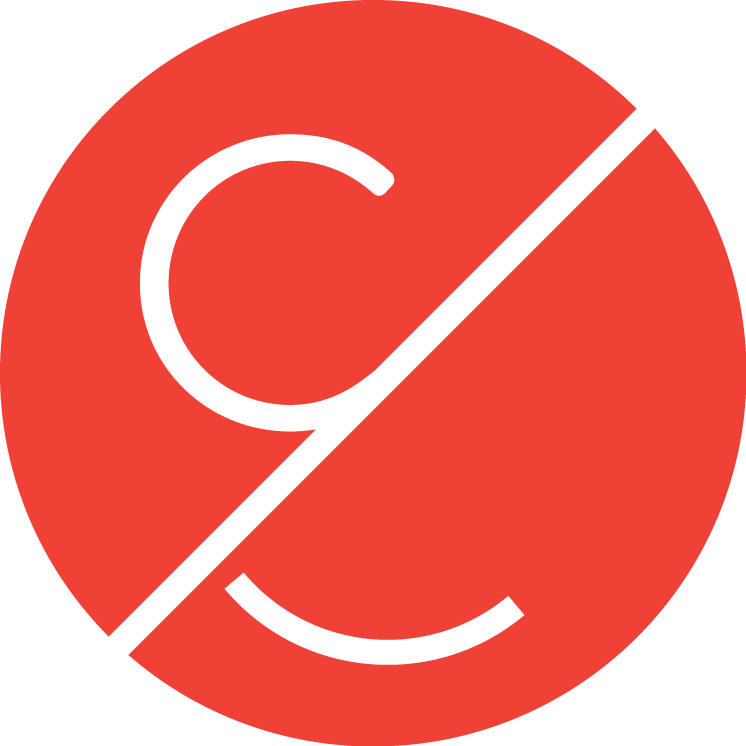Before going to China I expanded my collection of books to include all kinds of less generalised design topics – just in case – Card Sorting by Donna Spencer was one of them. Living without instant Google search results resulted in all kinds of changes to how I worked and remembered. No need to remember I’ll just Google it later. Kudos to the local Chinese designers who grew up with the resources linked to by Baidu – it’s a desert of quality info there.
I haven’t done a proper card sort in many years, but at the time it was one of my favorite methods. For the audience I was working with it was a respite from the monotony of their work and a somewhat fun activity (people love holding or working with things in their hands). It was also much more approachable than other methods at the time.
In order to procrastinate from doing tasks that I don’t want to start I decided to read a couple chapters to refresh my lizard brain. This opening piece could have been written by myself, as it is in part my justification for not just using card sorting at the time, but what piqued my interest in user/customer centered in the first place.
How did I find my way to card sorting?
I was designing the information architecture for a large government website. The navigation categories had evolved over time and weren’t labeled clearly, so people had a lot of trouble finding even basic information. I now recognize this as a common problem, but at the time I just felt overwhelmed. The fact that this was a government site, and so contained essential information, added pressure—if potential users couldn’t find the information they needed, it would be my fault.
I had been tasked with reorganizing and relabeling the main groups of content on the home page and second-level pages. I had some ideas for how the content could be organized, based mainly on my own intuition. But how could I be sure that the categories that made sense to me would also make sense to someone else? What’s more, the team I was working with had been developing the website from the beginning. They weren’t about to restructure it just because the new kid thought something made sense—they wanted “evidence” that my intuitions were correct. Whatever I came up with, I’d have to be able to back it up.
Donna Spencer
By way of a definition …
Card sorting is one of a family of user research techniques designed to give you insight into how people think. Card sorting is best understood not as a collaborative method for creating navigation, but rather as a tool that helps us understand the people we are designing for.
